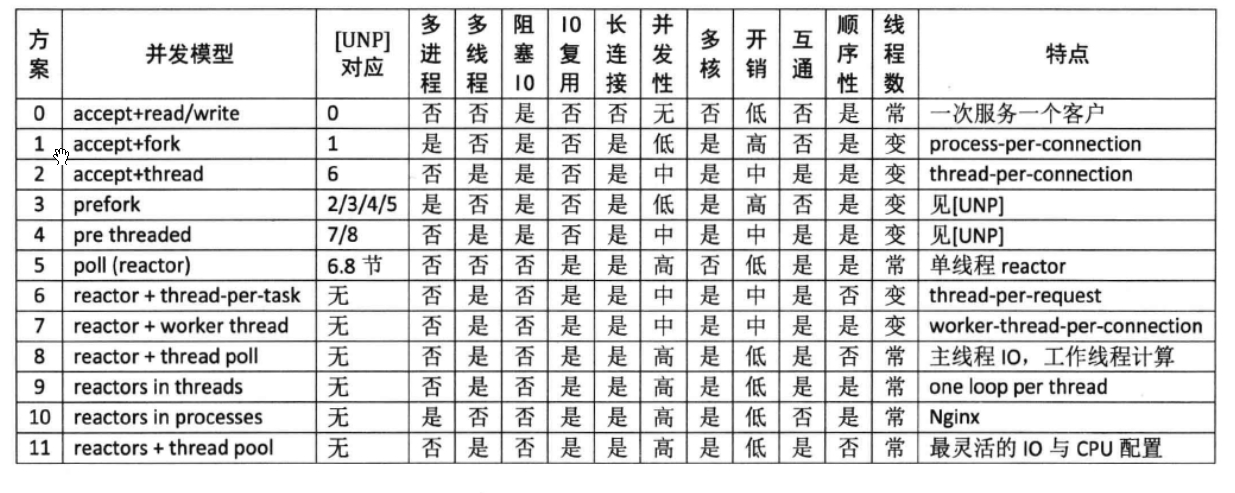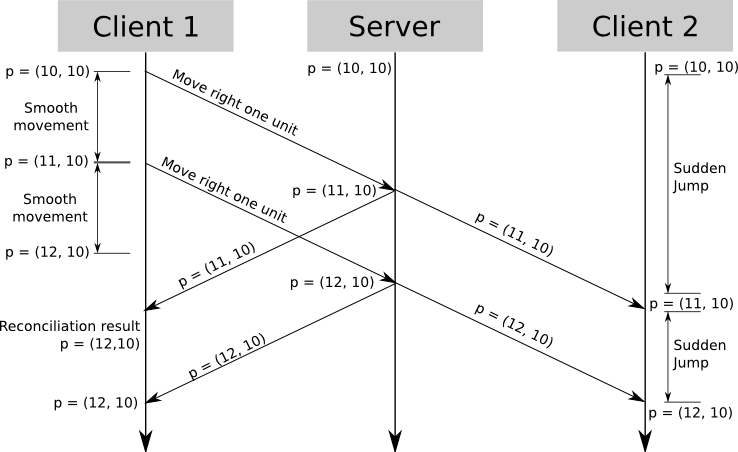这本书不能一次性所有都想看完。
要有目的性的看,因为这本书类似于百科全书所有都讲, 不分轻重, 如果都看,硬啃,只会迷失了自己,反而不知道看了什么
这本书不能单独看。
这本书必须配合TCP/IP详解和UNIX环境高级编程(简称APUE)以及The Linux Programming Interface(不知道这本书的译名是什么, 简称TLPI)来看
个人看的是卷一第三版,因当前工作经验范围和阅历受限,对于IT码农,IPv6的和SCTP的章节暂且略过,所以目前大概划出的必看章节(其他可挑选)是
- 1
- 2
- 3
- 4
- 5
- 6
- 7
- 8
- 11
- 13
- 16
- 22
- 26
- 30
. . .


